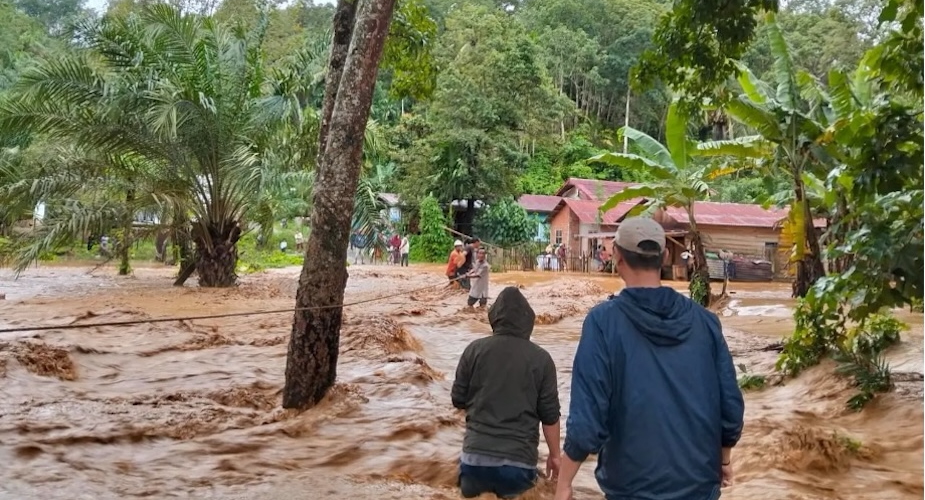Vanessa Johansen
The editors have attempted to select themes which represent the major areas of contention in recent years: dams, forestry, mining, pollution and tourism development.
Thematic case studies from around the region detail conflicts over land and resources between local communities and developers as a result of aggressive large-scale development policies.
Four of the case studies are Indonesian: the Kedungombo Dam and the Tapak River in Central Java, coal mining in East Kalimantan, and the Tanah Lot development in Bali. They shed new light on the power struggles which in most cases led to a more or less unsatisfactory compromise for those resisting and/ or demanding changes in the development.
The book steers away from describing government policy and the growth of environmental organisations at the elite national level, instead focusing on the communities affected directly by various large projects.
Environmental destruction/ protection per se does not usually emerge as the instigator of conflict. Rather, it is the impact of the industries on lives and livelihoods, be it through pollution, usurpation of land or cultural affront, which eventually bring environmental problems to the fore.
Environmental protection is often vocalised as an important issue only after intervention by NGOs and international donors. George Aditjondro's chapter on the anti-dam movement in Indonesia provides insights into the relationship between urban middle class environmentalists, NGOs, and affected communities who in some cases have struggled for decades over a particular project.
Anton Lucas gives a good summary of Indonesia's most pressing pollution issue: river pollution, including a tabulation of the largest cases. The Kali Tapak case saw an unprecedented coalition between village government, NGOs, legal aid and local communities in producing the threat of a national boycott against the accused companies.
Some of the contributions are descriptive and lighter on analysis. Each chapter theme needs be tied together with a summary by the editors drawing out the common threads running through the case studies. The editors admit Southeast Asia is a problematic regional grouping. However, there are regional similarities for example mass rice cultivation, cash cropping, and extensive logging and other resource extraction to meet needs of new urban populations.
Philip Hirsch and Carol Warren (eds), The politics of environment in Southeast Asia - Resources and resistance, London: Routledge, 1998, pbk ISBN 0415172993, Rrp US$27.99











